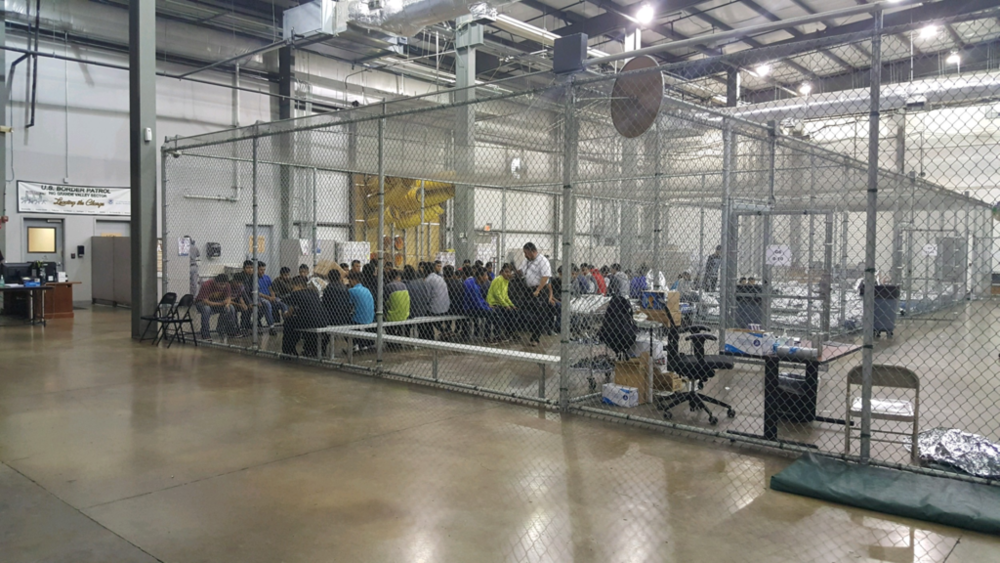By Stacy Kono

Lisa Nakamura is a clinical psychologist, a mother of two kids, and a third-generation Japanese-American whose family was incarcerated during World War II. She’s also a longtime activist in the Asian American community who has supported immigrant rights and racial justice and lives and works in the San Francisco Bay Area. I spoke to Lisa to get her advice on how parents can talk to children about the current attacks on immigrant communities.
What is important about talking about current attacks on immigrants with our children?
Children do best when they can connect to an issue through their everyday lives. In this case, it’s important for my children to know what is happening in our community and how it’s affecting their neighbors, friends, and their families. But we also have to take into account what developmental stage they are in and how much details of this issue can they emotionally manage.
What have you shared with your own children?
My daughter just started third grade, and my son is starting middle school. I think it’s important to connect one’s own immigrant history in their family with the current-day issues. We can share what factors lead to a relative to leave their own home country and community to immigrate here and what was stressful about the move.
I’ve talked to my kids about the history of Japanese immigrant and Japanese American incarceration as a way to understand what is happening today to migrants being detained at the border. Under this current political moment, I told them how kids were separated from their parents when they arrived at the border and treated unfairly.
I explained to them that, much like what happened to their grandparents’ families, the government has been stirring up fear and racism.
How can you help kids be respectful of differing opinions but firm in their own beliefs?
We can tell children how adults have a hard time respecting different ideas, particularly in the very divided times we live in. We can model how to express disagreements in our own family while still respecting each other. We can practice how to truly listen and try to understand the other point of view, even if we disagree with it. Doing so would enable us to go beyond just asserting our stances in an argument, but engaging in a dialogue. Of course, I still encourage them to speak out for what they believe in.
What questions might they ask you that could be difficult?
Some children might fear, in hearing this story, that this could happen to them — that they could be taken away from their parents. Especially for children who have a lot of difficulty separating from their parents, it’s important to emphasize that this won’t happen to them.
Children also need a space to express their emotions about these issues. And they do it in different ways from adults. To help them articulate their feelings, you can write a list of feelings down and and ask them to choose what they are experiencing. You could encourage them to write a letter or draw a picture to express their feelings and ideas.
Some children may ask why the government is doing this. I think it’s important to explain that it has happened before to groups of people because of fear and ignorance. You can tell them what other children and adults are doing to help. They can appreciate that they are part of a larger community of people and children who stand up to the government as well.
Stacy Kono is Hand in Hand‘s Network Director.
If you want to engage with your children in taking positive action after talking to them, you can have them www.mysanctuaryhome.us/playdate-coloring. We’ll get it to them.

